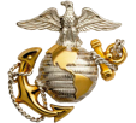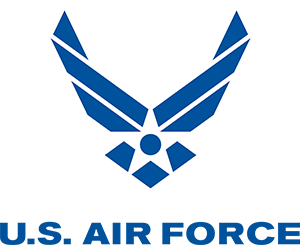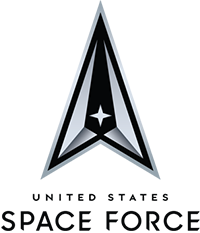Earning a Marine Corps ROTC Scholarship
Learn about the multiple paths to earning this scholarship and a Marine Corps officer commission.
Length 2:58
View Transcript
Transcription
When individuals initially consider joining an organization, they typically ask themselves, "What can this organization do for me? What qualities will I gain, and how can I contribute to making the organization better?"
The NROTC program, which stands for Naval Reserve Officer Training Corps, is utilized to commission officers in the United States Navy and Marine Corps. The mission of the Marine Corps NROTC program is to mentally, morally, and physically develop midshipmen, instilling in them the highest values of honor, courage, and commitment.
Each recruiting district independently screens its applicants. To apply for the program, students must reach out to their local recruiter. The recruiting districts use a competitive selection board to screen applicants. Those selected on this board receive a four-year scholarship and then embark on their four-year program through the NROTC unit.
There are over 60 NROTC units across the nation, each maintaining its own college program. This offers an opportunity for non-scholarship students to still be a midshipman through two or three-year side-load scholarships. These side-load scholarships provide a chance for students who didn't receive the four-year scholarship or may have missed the application deadline to remain competitive nationally and receive a two or three-year scholarship depending on their college career stage.
Upon acceptance into the program, students embark on a four-year training cycle. The first three years focus on preparing them for Officer Candidate School, after which they return for their senior year and are commissioned as a second lieutenant in the United States Marine Corps.
You can have a completely normal college experience here. I chose kinesiology due to my sports background and a keen interest in learning about nutrition and physical fitness, which I believe will benefit my career. Besides taking additional naval science classes on naval history and warfare, you have the flexibility to study anything, providing a normal student lifestyle.
After graduation and commissioning, I'll be sent to the Basic School for the Marine Corps, immersing me in the role of a basic rifle platoon commander, teaching what it's like to be a true leader of Marines. Officer Candidate School assesses your desire to pursue it, while the Basic School is about putting what you've learned into action.
The program is not just about tuition; while it's a valuable benefit, there are priceless aspects like the responsibilities you gain, the development of leadership skills, and learning to face failures and move forward. These are qualities students acquire throughout the program, carrying them into their Marine Corps career. This program is an investment in the Marine Corps' future, investing four years of tuition to train and develop motivated individuals ready to serve the nation and lead Marines.





















